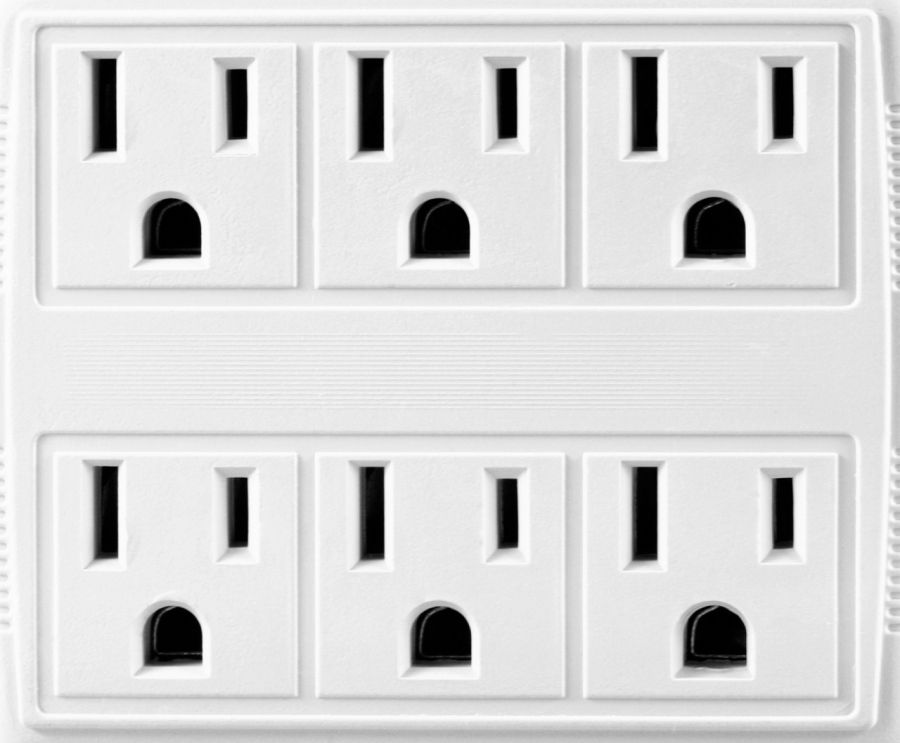Tweeting Convenience Receptacle Meters
One Step Closer to the Jetsons
In the news this week there has been talk of inanimate objects that can Tweet their status to humans via their Twitter accounts. Included in this array were a house plant that can complain about being under- or over-watered and a pair of shoes that can advertise when they take steps. Entertaining, for sure, but the one category that caught my attention was electric meters that can Tweet data.

At the risk of trespassing into the “At Home” realm here on Buildipedia, the product appears to have a domestic focus as currently marketed. For example, the power outlet that your refrigerator is plugged into can let you know (via Twitter) how much power it’s drawing. However, this is an interesting concept for managers of all facility sizes to be aware of.
The idea of a “smart meter” fits with our recent article on Building Automatic Systems (BAS), as well as our recent blog on “smart bridges.” One comment received on our BAS article offered a thought from the Buildipedia audience: “I can’t wait until we are like the Jetsons." This internet-reporting electric meter clearly has some potential and moves us closer to the fully automated household (or facility) of the Jetsons’ cartoon. One advantage of this innovation is that it could potentially avoid the necessity of purchasing a larger, enterprise-wide (and therefore expensive) BAS system. I am confident that there are large BAS systems available now that provide this functionality, and so much more, but all that capability may not be appropriate for more limited or temporary applications.
One attraction I see in this type of a product is that it’s suited to the electrical monitoring requirements of a discrete set of convenience receptacles in the home or office environment. Clearly, though, the device could be applicable to larger facilities having an array of isolated but important electrical devices. For example, an electric meter with a Twitter capability could broadcast to the maintenance crew or other responsible parties at a communications transmitter site that a radio transmitter circuit had tripped off-line, or notify personnel at a frozen-foods storage facility that a freezer circuit had tripped. In my prior life in facilities management, one location where I worked had a flashing light and audible alarm that went off when the main sewer lift station pumps tripped off-line. This new technology offers an internet-interfaced broadcast alternative for convenience receptacles.
When I first played around with energy audits and power tracking fifteen years ago, I used very similar devices to the “Tweet-a-Watt” mechanism shown on this website, but without the internet reporting capability. It was always interesting to plug the office copy machine (or random computer terminals) into similar watt-recorders that were available then. After a day or a week, or overnight, the cumulative watt-meter function could be transcribed. Immediately, those results could be extrapolated across a campus. With reasonable assumptions, energy use, costs, and potential savings could then be determined.
Another potential application I could see would be to take advantage of this kind of device in a more creative way by using it in conjunction with external security lighting systems, which are commonly paired with motion sensors. If the motion-sensor is tripped, the lights will illuminate, and the receptacle they’re plugged into would start tallying wattage. At a set minimum wattage level, a Tweet would be issued, alerting the building owners that a security light had been turned on.
This is an interesting technology that I’m sure will continue to evolve and benefit the facilities management community!

Andrew Kimos
Andrew Kimos completed the civil engineering programs at the U.S. Coast Guard Academy (B.S. 1987) and the University of Illinois (M.S. 1992) and is a registered Professional Engineer in the state of Wisconsin. He served as a design engineer, construction project manager, facilities engineer, and executive leader in the Coast Guard for over 20 years. He worked as a regional airline pilot in the western U.S. before joining the Buildipedia.com team as Operations Channel Producer.
Website: buildipedia.com/channels/operations
